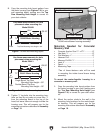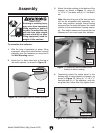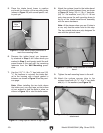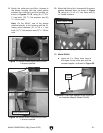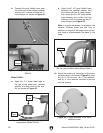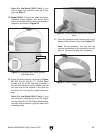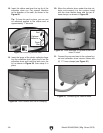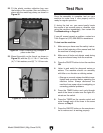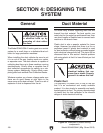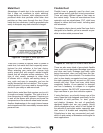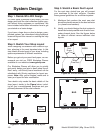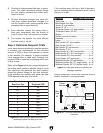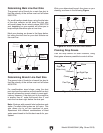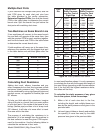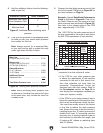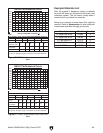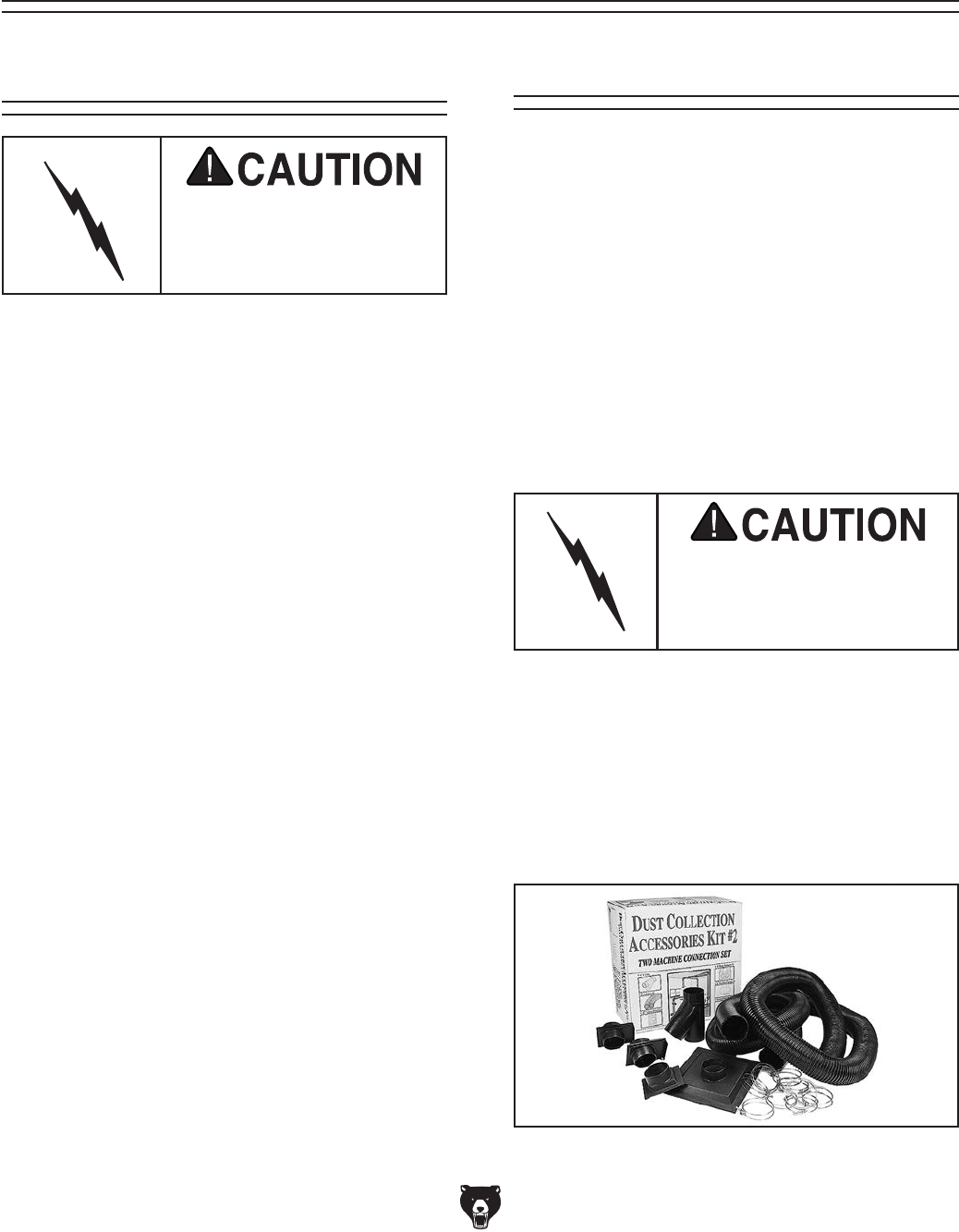
-26-
Model G0440/G0441 (Mfg. Since 03/12)
SECTION 4: DESIGNING THE
SYSTEM
General
Duct Material
You have many choices regarding main line and
branch line duct material. For best results, use
metal duct for the main line and branch lines, then
use short lengths of flexible hose to connect each
machine to the branch lines.
Plastic duct is also a popular material for home
shops. However, be aware that there is a fire or
explosion hazard if plastic duct material is used
for dust collection without being grounded against
static electrical charge build-up. This topic will be
discussed later in this section. Another problem
with using plastic is that it is less efficient per foot
than metal.
Plastic duct generates static
electrical buildup that can
cause fire or shock. Properly
ground it to reduce this risk.
Plastic Duct
Figure 34. Examples of plastic ducting
components.
The popularity of plastic duct is due to the fact
that it is an economical and readily available
product. It is also simple to assemble and easily
sealed against air loss. The primary disadvantage
of plastic duct for dust collection is the inherent
danger of static electrical build-up.
The Model G0440/G0441 works great as a central
system for a small shop or a dedicated dust col-
lector for large production machines.
When installing the dust collector be sure to put
it in an out of the way location such as a corner
or separate room. The dust collector is capable of
collecting dust from up to three machines running
simultaneously. Grizzly offers a complete line of
dust collection accessories for setting up a sta-
tionary system. Additionally, Grizzly offers a com-
plete guide book entitled Dust Collection Basics.
Whatever system you choose, always make sure
there are no open flames or pilot lights in the
same room as the dust collector. There is a risk of
explosion if dust is dispersed into the air.
Always guard against stat-
ic electrical build up by
grounding all dust collec-
tion lines.



